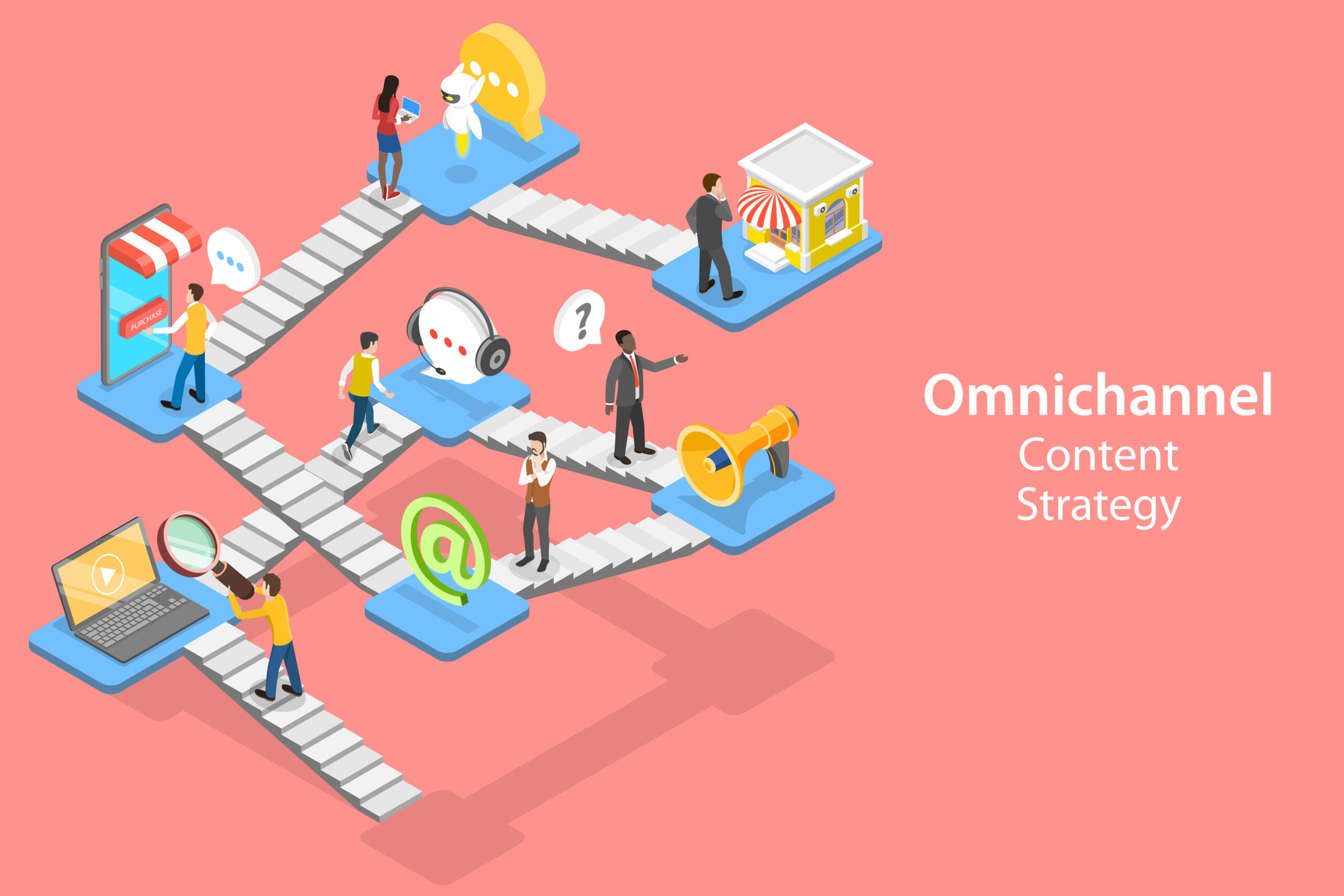Ever watch Gordon Ramsay’s Kitchen Nightmares and hear a struggling restaurant owner declare, “We need more customers!” only to be met with Ramsay’s exasperated stare? The same scenario plays out in countless small and medium-sized businesses (SMBs) where the rallying cry becomes “We need more leads!” But hold on a second. Is that truly a ‘need?’
Picture this: you’re in a high-stakes darts competition. The air is thick with tension, the crowd buzzing as players take their turns. Here’s the twist: you have to pay for every dart you throw. But instead of refining your aim, you decide to throw blindfolded. Each dart you throw represents a marketing expense. With every frustrating thud and missed target, you lose not just the chance to hit the bullseye (representing a potential customer) but also the money you spent on the dart itself. All the while, your competitors, with clear vision and sharp aim standing on either side of you, consistently land bullseyes, racking up points (sales) and leaving you far behind with a negative return on investment. That’s the harsh reality of marketing without a strategy – a costly game of chance played in the dark while your competitors win big.
Dont Get Lost in the Numbers Game
Solely focusing on finding leads – any leads – without considering their quality is like fishing with a net that is full of holes. Sure, you might catch something, but it won’t be what you need.
Securing more leads is a given. However, “we need more leads” demonstrates a lack of strategic focus. Are you attracting the wrong kind of leads – those uninterested in what you offer? Is your messaging failing to resonate with your target audience? How are you sourcing your leads? Is it even legal? Solely focusing on finding leads – any leads – without considering their quality is like fishing with a net that is full of holes. Sure, you might catch something, but it won’t be what you need. The path to success lies in understanding your ideal buyer persona – their struggles, aspirations, and buying habits. This deep understanding enables you to craft powerful, targeted messaging that speaks directly to the people who are a perfect fit for your business. Think of it this way: 68% of consumers prefer personalized experiences (Zendesk). To achieve this level of personalization, you need the proper technology, configured messaging, creative, and campaign tracking. The “More Leads” Trap: A Symptom of a Misguided “We need more leads” isn’t a strategy, a tactic, or even a specific problem. It highlights the absence of an optimized, comprehensive omnichannel lead generation and nurturing strategy. This strategy attracts qualified leads and nurtures them with targeted messaging across all your marketing channels. This underscores a key point: 82% of marketers believe high-quality customer data is crucial for successful marketing (HubSpot). This data empowers you to accurately identify and engage your target audience. Without it, you’re essentially marketing blindfolded.
Marketing Technology (MarTech): The Missing Piece of Your Leads Puzzle
It’s a familiar scenario: SMBs acknowledge using tools like Zoho across various departments, yet still cry “we need more leads!” This disconnect begs a critical question: if qualified leads are the goal, why wouldn’t you utilize technology optimized specifically to generate, qualify, and nurture those leads? MarTech solutions are designed to empower sales teams with targeted data and automated engagement, boosting efficiency and personalization; they simultaneously collect valuable data to inform future marketing.
It’s not just about the customer journey; it’s about quantifying success. If your strategy relies heavily on finding new leads, you need systems that can track their journey from first click to conversion and beyond. This data informs what works, what doesn’t, and fuels continuous improvement.
I often hear, “Why are we talking tech when we need leads?” The answer is simple: without the right foundation, your efforts will be disjointed and inefficient. Relying on generic platforms like Zoho for complex marketing often leads to costly and time-consuming custom modifications as your business scales.
The “we’ve invested so much” argument rings hollow when growth is stalled. The real question is: Was the person choosing the current tech stack qualified to assess its alignment with your marketing goals? Relying on platforms like Zoho for complex marketing often necessitates costly custom solutions – solutions readily available from specialized providers. A mismatched MarTech stack wastes resources on ineffective workarounds and custom development, making it even more expensive to switch providers when the time eventually comes. Switching to a purpose-built platform can streamline processes, increase lead generation, improve net revenue potential, and provide the data-driven insights needed for scalable success.
This mindset of “sunk cost” reveals a hesitancy to admit past mistakes and a leadership style that hinders progress. Your company needs to decide: is the focus on justifying past decisions, or investing in the infrastructure that will fuel future growth?
The Roadmap to Marketing Nirvana: 10 Practical Steps for Building Your Lead Generation Infrastructure
- Evaluate Your Current Practices: Conduct a thorough audit of your existing lead generation methods. Are they ethical and compliant with relevant laws and regulations? Calculate the ROI of each channel to identify what’s working and where you may be wasting resources to identify any possible places to start implementing a fully flushed-out strategy.
- Deep Dive into Your Ideal Customer: Conduct surveys, analyze existing customer data, and use online research tools to build a detailed profile of your target audience. Understand their pain points, aspirations, and where they spend time online.
- Audit Your Current Tech Stack: Assess your existing CRM, website, email marketing tools, and any other relevant technology. Are they user-friendly, optimized for lead capture, and do they provide the data you need?
- Free Tool Exploration: Investigate free and low-cost tools to supplement your tech stack. Consider options for social media scheduling, website analytics, and email marketing automation.
- Build (or Refine) Your Website: Ensure your website is visually appealing, easy to navigate, and designed with conversion in mind. Include clear calls to action (CTAs) and lead capture forms.
- Implement a Basic CRM System: Even a simple spreadsheet can function as a basic CRM. Track lead information, interactions, and engagement to stay organized and personalize your follow-up.
- Create Valuable Content: Develop engaging blog posts, videos, infographics, or other content formats that showcase your expertise and address your ideal customer’s needs.
- Embrace Social Media Strategically: Identify the social platforms where your target audience spends time. Share your content, engage with potential customers, and consider targeted social media ads for low-cost visibility boosts.
- Start Simple with Email Marketing: Begin with a basic email newsletter to nurture leads. Provide value, offer exclusive promotions, and build a relationship with your audience.
- Track the Basics: Choose a few essential metrics (website traffic, email open rates, social media engagement) to start tracking. Monitor these metrics regularly to identify trends and refine your strategy.
Implementing a robust omnichannel strategy takes time and investment. This roadmap is your starting point. Focus on these low-cost actions, consistently measure results, and gradually expand your tech stack and strategy as your business grows.
Conclusion: The Cost of Inaction vs. The Opportunity of Growth
The path to sustainable growth lies in a strategic, data-driven approach to marketing. Embracing this cyclical process means making continuous investments in:
- Understanding Your Target Customer: Regularly revisit and refine your ideal customer profile using data from surveys, customer interactions, and website analytics.
- Lead Nurturing: Build targeted email campaigns, personalize communications, and provide value to cultivate relationships with potential customers.
- Lead Acquisition: Experiment with different channels (social media, content marketing, paid ads) to attract qualified leads, carefully tracking the cost and success of each channel.
- Conversion: Analyze your sales process to identify bottlenecks. Optimize landing pages, offers, and calls-to-action (CTAs) to increase conversion rates.
- Customer Retention: Focus on providing exceptional customer experiences. Implement loyalty programs and targeted communications to retain and maximize the lifetime value of customers.
- Data-Driven Decision Making: Collect and analyze data at each stage. Track website metrics, social media engagement, conversion rates, and customer feedback. Use these insights to:
Successful SMB marketing is not a one-time project; it’s an ongoing journey of understanding your customers, optimizing your message, strategically acquiring and nurturing leads, and using data to drive long-term success. Invest in the process, measure results, and adapt continuously to stay ahead of the competition, helping you achieve your greatest potential (and “get more leads”).










